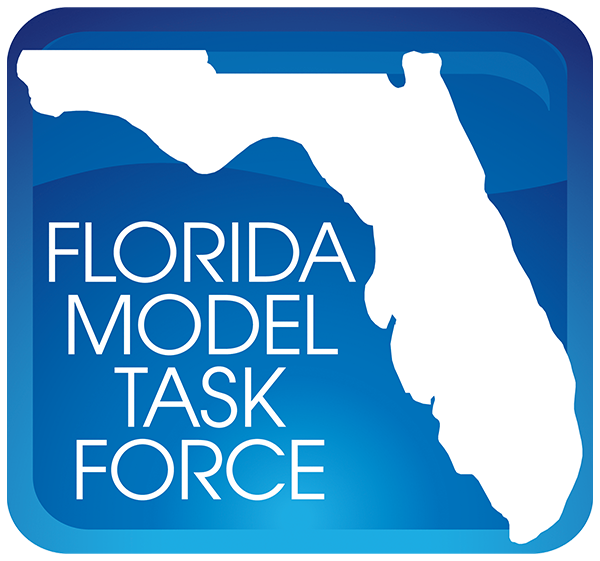

Posted Monday, February 03, 2020
by Terry Corkery, FDOT Forecasting and Trends Office
The Forecasting and Trends Office announces a major update to the Florida Statewide Model. This new base-year 2015 model, with a horizon year of 2045, replaces the 2010/2040 model last updated in 2016. Version 7.0 contains significant improvements including a destination choice model, long-distance mode choice/short-distance mode factoring, a firm-evolution component in FreightSIM, and a feedback loop in the model flow. In addition, we updated trip production rates, improved the tolling methodology, and streamlined trip assignment reporting.
Destination Choice
The biggest change in FLSWM is a destination-choice distribution model replacing the gravity model for most trip purposes. The gravity model works best in a traditional metropolitan area with a dominant central city surrounded by suburbs. But on a statewide scale, Florida’s unique geography with multiple activity centers spread throughout a long peninsula have presented challenges in the statewide model from its inception in the 1990s. Destination choice allows the introduction of more variables than merely travel times into the trip distribution equation. These include sociodemographic variables such as household income and household size, employment types by two-digit NAICS industry code (North American Industry Classification System), total population within the zone, and land area in the zone.
Mode Choice
Long-distance trips are divided between the automobile mode and non-auto (air and rail) modes. Currently the non-auto mode is very small, but FLSWM is now capable of testing scenarios involving investments in non-auto modes such as high-speed rail.
Value of Time and Income Stratification
The trip tables used for traffic assignment are now stratified by income and value of time to better capture the dynamics of individual traveler decisions regarding use of toll facilities.
FreightSIM
Florida’s Freight Supply-chain Intermodal Model, FreightSIM, was first introduced in the 2010 base-year FLSWM model. It has been enhanced with a “firm evolution” component to reflect dynamic changes in the economy and the number of employees over time.
Feedback Loop
A feedback-loop structure allows FLSWM to take into account congested roadway conditions in calculating the final trip distribution and travel speeds.
Many other revisions are detailed in the model documentation, including updated zone boundaries and trip generation rates, as well as improved socioeconomic data forecasting techniques.

